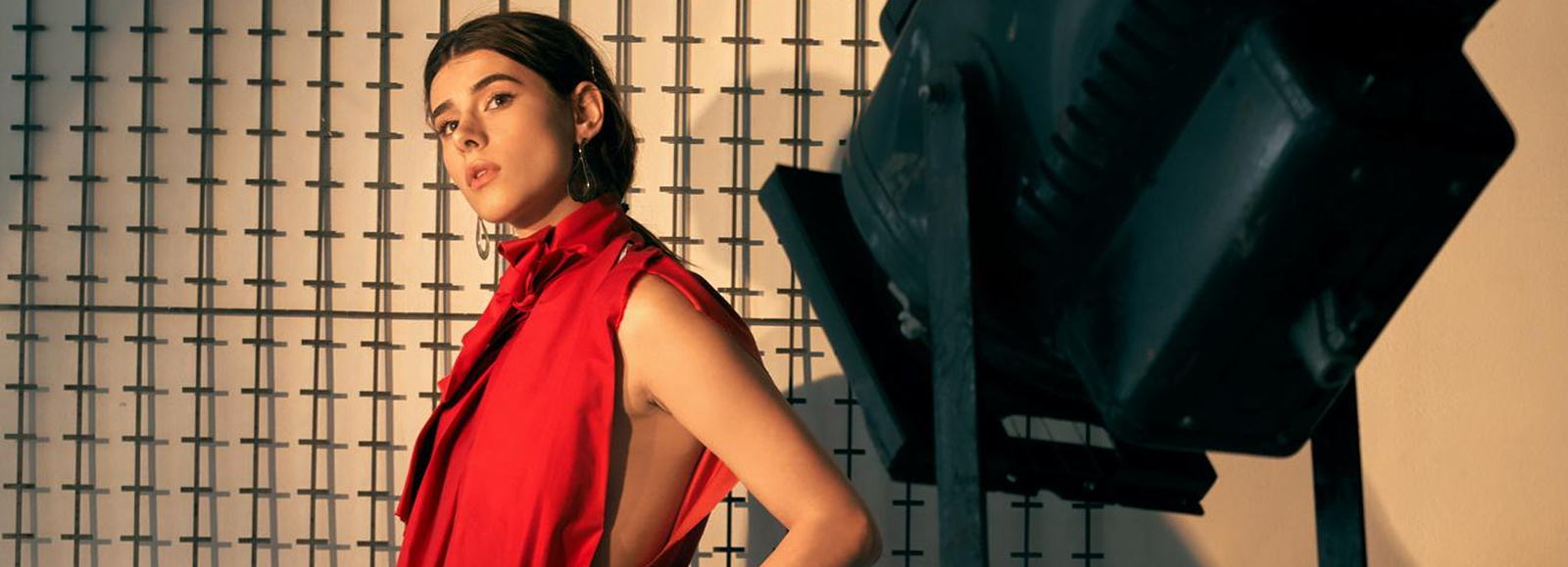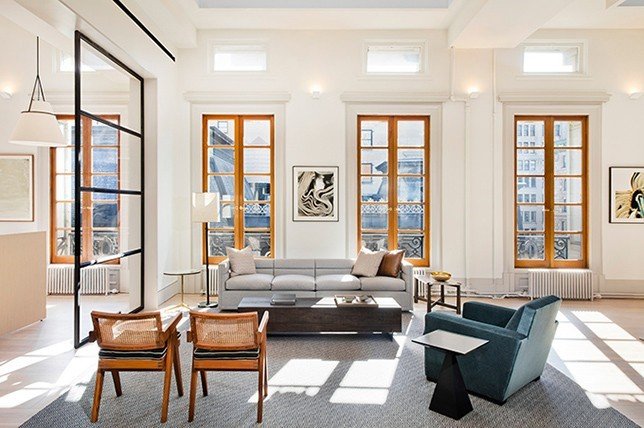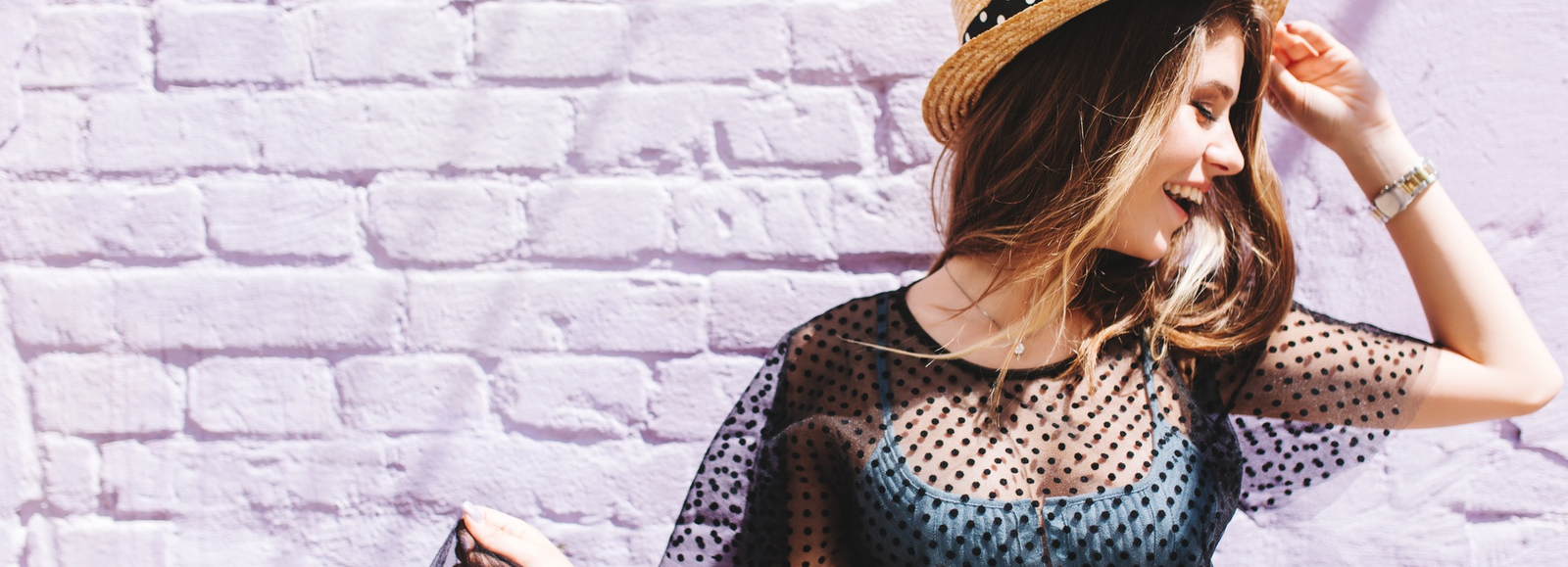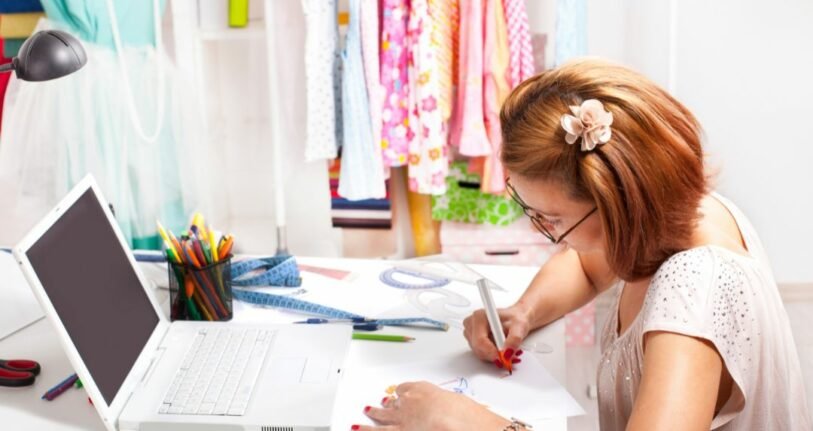What is Interior Designing?
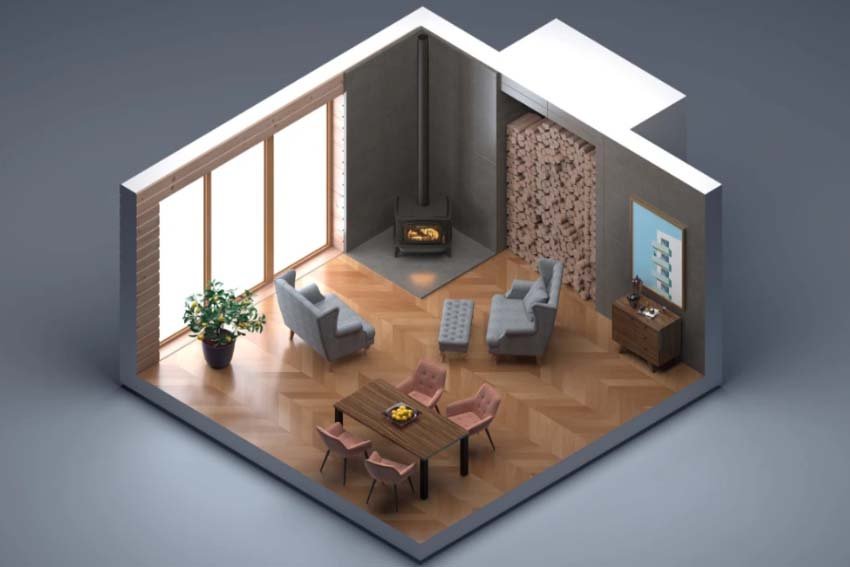
Interior design is the art and science of optimizing interior spaces to enhance the overall experience of inhabitants. By manipulating space and modifying surfaces, interior designers create environments that are both functional and aesthetically pleasing. Unlike interior decoration, which focuses solely on aesthetics, interior design incorporates elements of psychology, architecture, and product design. This multifaceted approach allows designers to craft spaces that not only look good but also promote well-being and usability. Understanding the basic fundamentals of interior design is essential for creating harmonious interiors that reflect users’ personal styles.
After learning about interior design, let’s get to the basics of interior design, which will be very useful. When creating aesthetically pleasing design ideas, it is critical to implement the core fundamental elements and principles of interior design. So let’s begin!
Principles of Interior Designing
1. Unity

The focus of home design is unity. Furniture pieces, patterns, and decorations all need to complement each other. A beautiful interior design results from the unity and uniformity of all design elements. When using patterns, colors, textures, etc., you must always ensure a smooth flow. Without it, the whole design project becomes unbalanced.
2. Balance

Balance between colors and objects is another important thing that you need to keep in mind. It is important to make sure your pattern on the walls, or your crystal chandelier on the ceiling, is balanced. Depending on the homeowners’ attitude, you can choose a mandatory symmetrical balance, or you can go with an asymmetrical balance for a more modern feel.
3. Rhythm

The fundamentals of rhythm are used in interior design, though it sounds unusual. You can use the vibrations of everything in the universe to create a rhythm. The use of colors, textures, and shapes in home design adds personality. Initiating the rhythm can be achieved through progressions, alternations, or repetitions.
4. Emphasis

When working as an interior designer, you often come across people who want to showcase some of their most treasured possessions. If someone walks into the room, find a way to draw their attention to this object. Objects should be displayed in a way that emphasizes their beauty and effect. Design the surrounding environment to create a focal point for the object or use contrast designs and patterns.
5. Contrast

Decorators sometimes overlook the importance of contrast when creating a flow in interior design. It is important to follow a color scheme and plan your space carefully. The entire design will look boring if you stick with just one color or variation on a theme. Contrast becomes important in that scenario. Your design ideas must be contrasted with colors and patterns that balance each other.
6. Scale and Proportion
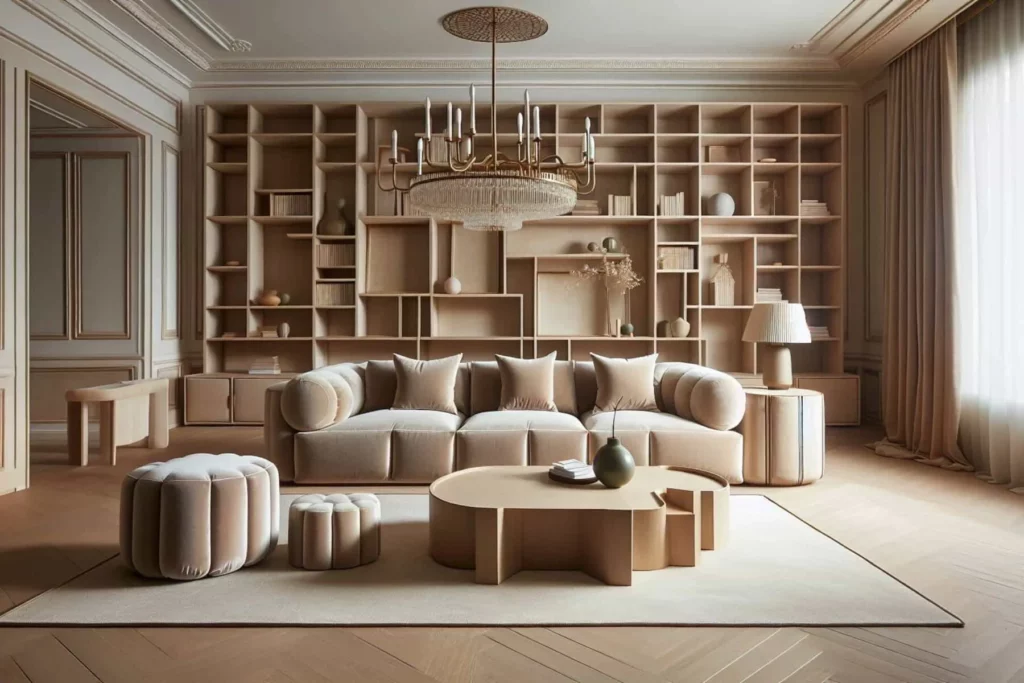
In order to justify the use of certain items, scale and proportion are important. Unbalanced furniture or fixtures seem out of place. Interior design is therefore heavily dependent on measurements. In home design, you must always find the right proportions and sizes for everything. In order for them to be scalable, they must be neither too small nor too large. The size should be just right.
7. Details
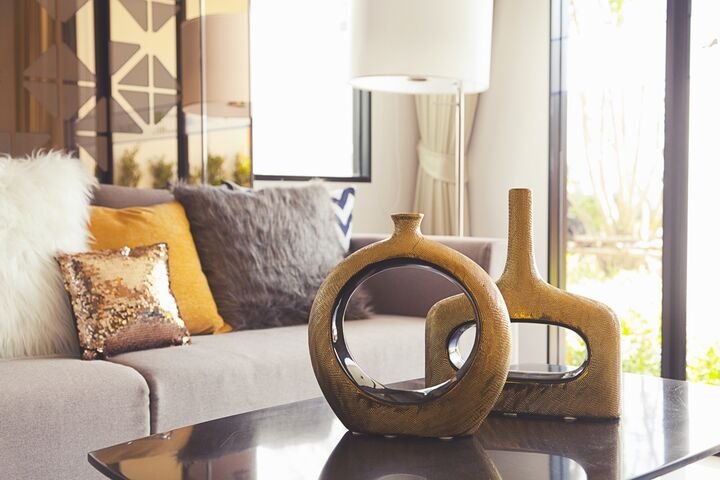
The last, but certainly not the least, is paying attention to the details. If you don’t incorporate proper detailing into your design ideas and floor plan or space planning, the entire interior looks haphazard and unorganized. Details consist of patterns for bedding, curtains, switches, and other small things that help tie the place together.
The interior design process is intricate. To ensure you incorporate all the necessary elements into your design ideas, you could create a checklist based on the fundamentals above. Don’t forget that details make the difference. You should ensure that form follows function in all designs, no matter how minimalist or extravagant.
This article will hopefully help you come up with unparalleled ideas to amaze and impress your clients with your interior design projects.



